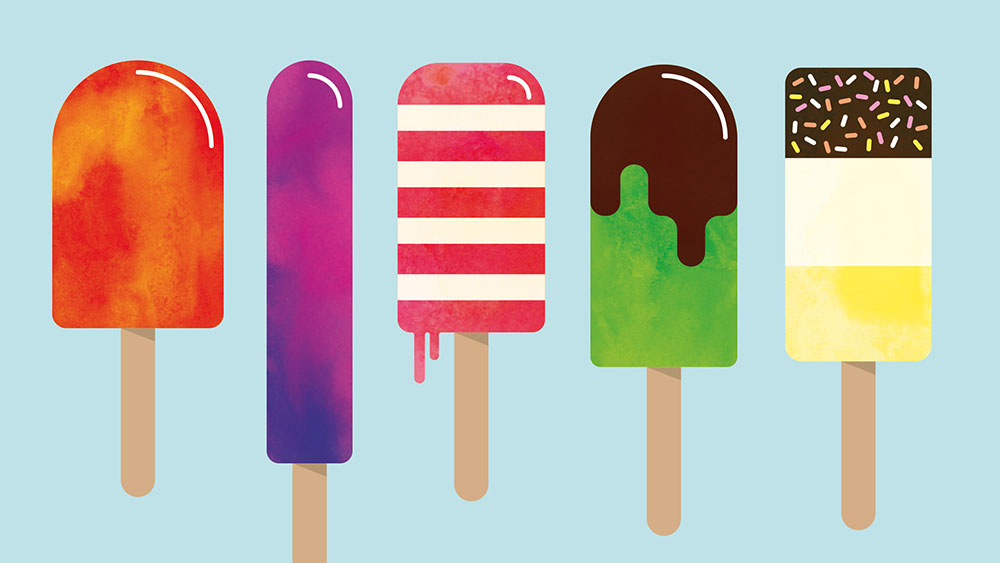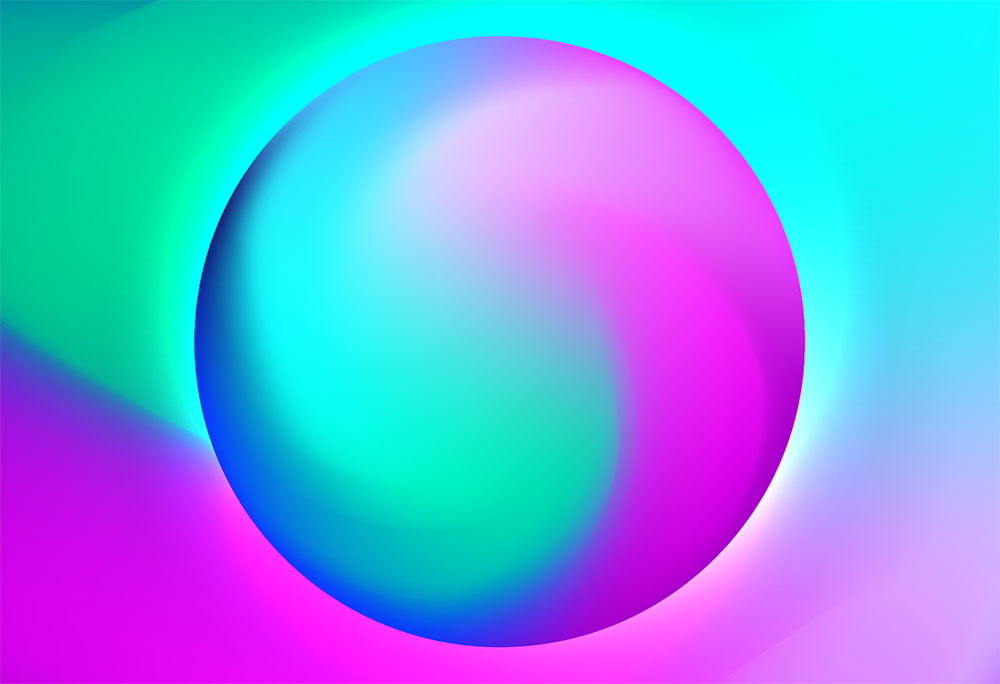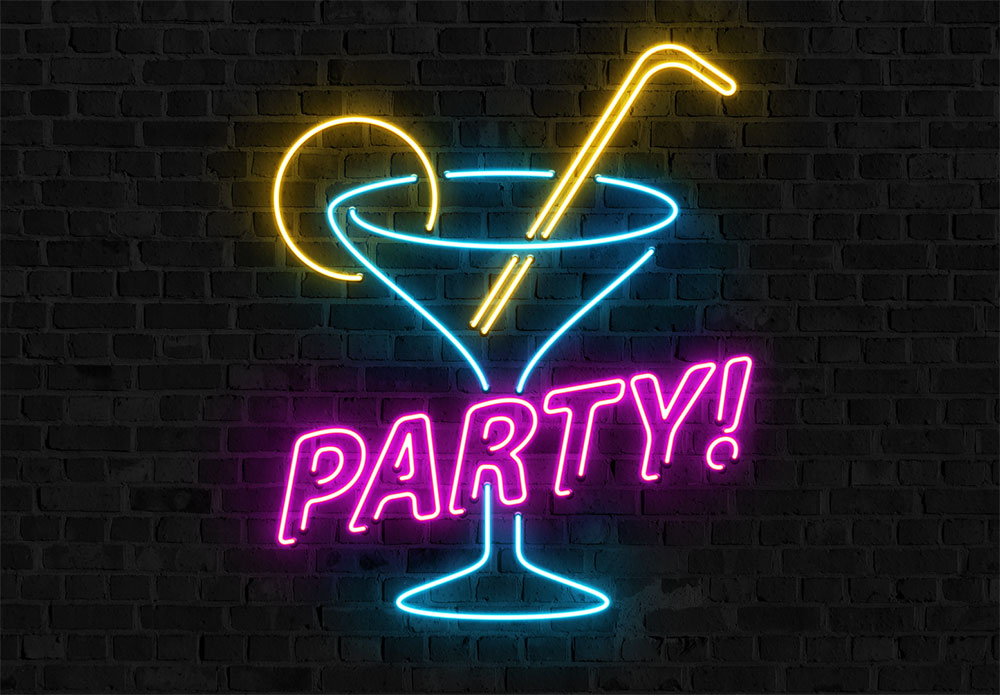Videos
One of my latest free downloads is a set of Abstract Stripes Backgrounds, featuring a series of distorted lines in a variety of wavy layouts. One of the commenters on the post was curious to know how they were made, so I figured I’d use the topic for this week’s video tutorial. Follow along with this quick and easy process using Illustrator and Photoshop to produce these abstract creations yourself, which can then be used to make artistic posters or to add visually backgrounds to your design work.
In today’s Adobe Illustrator tutorial I’ll show you how to make your own tasty popsicles or lollipop graphics. We’ll use a range of handy Illustrator tools to create the first colourful lollipop, then build upon each subsequent illustration with new additions which provide an opportunity to touch on different tools and techniques, then we’ll add some subtle texturing with my free watercolour circle textures.
Today’s Adobe Illustrator video tutorial is a quick and easy guide to creating a vibrant gradient orb. It’s a simple process that uses just the Gradient Mesh and Warp tools in Illustrator, but the result is pretty cool. Being vector based means these orb graphics are extremely versatile, so they can be used for all kinds of branding projects, or just to create fun artwork.
In today’s video tutorial we’re going to create a bright neon sign effect using the powers of Adobe Illustrator and Adobe Photoshop. While it is possible to construct the entire artwork in Photoshop alone, Illustrator offers some useful tools for producing the initial layout with its vector shape building capabilities. Where Photoshop really shines is with its various layer style options that can be configured to create vibrant lighting effects, which are perfect for depicting a realistic, illuminated neon sign.
In today’s Photoshop tutorial we’re going to take a look at replicating the unique appearance of false-color infrared photography. Authentic infrared photos are captured using infrared film, or digitally using an infrared lens, but the overall style and aesthetic can also be simulated with some tweaks to a normal photograph in Adobe Photoshop. In false-color infrared photos the reds, blues and greens are reversed, so scenes with foliage and trees appear as a vibrant pink rather than green, which often looks like the photograph was taken on another planet! The result is a surreal image that transforms a typical landscape shot into a vibrant and unique photo.
In today’s video tutorial I’m going to show you 5 ways to add lovey grain textures to your photographs and artwork in Adobe Photoshop. In the digital age of photography the noise from high ISO sensitivity is an undesirable addition to the image. ISO ruins the picture by taking away the details with ugly pixel sized blotches of RGB colours. In contrast, the sensitivity of film adds a kind of texture to the image as film grain, which has become a nostalgic aesthetic of analogue photography. There are a few ways you can mimic the appearance of film grain in Adobe Photoshop, which can help give your photos and artwork more of an aged and tactile appearance. Some of the methods I’ll be showing offer similar results, but the process is slightly different, so it’s handy to check them all out and see which one you find most memorable.






